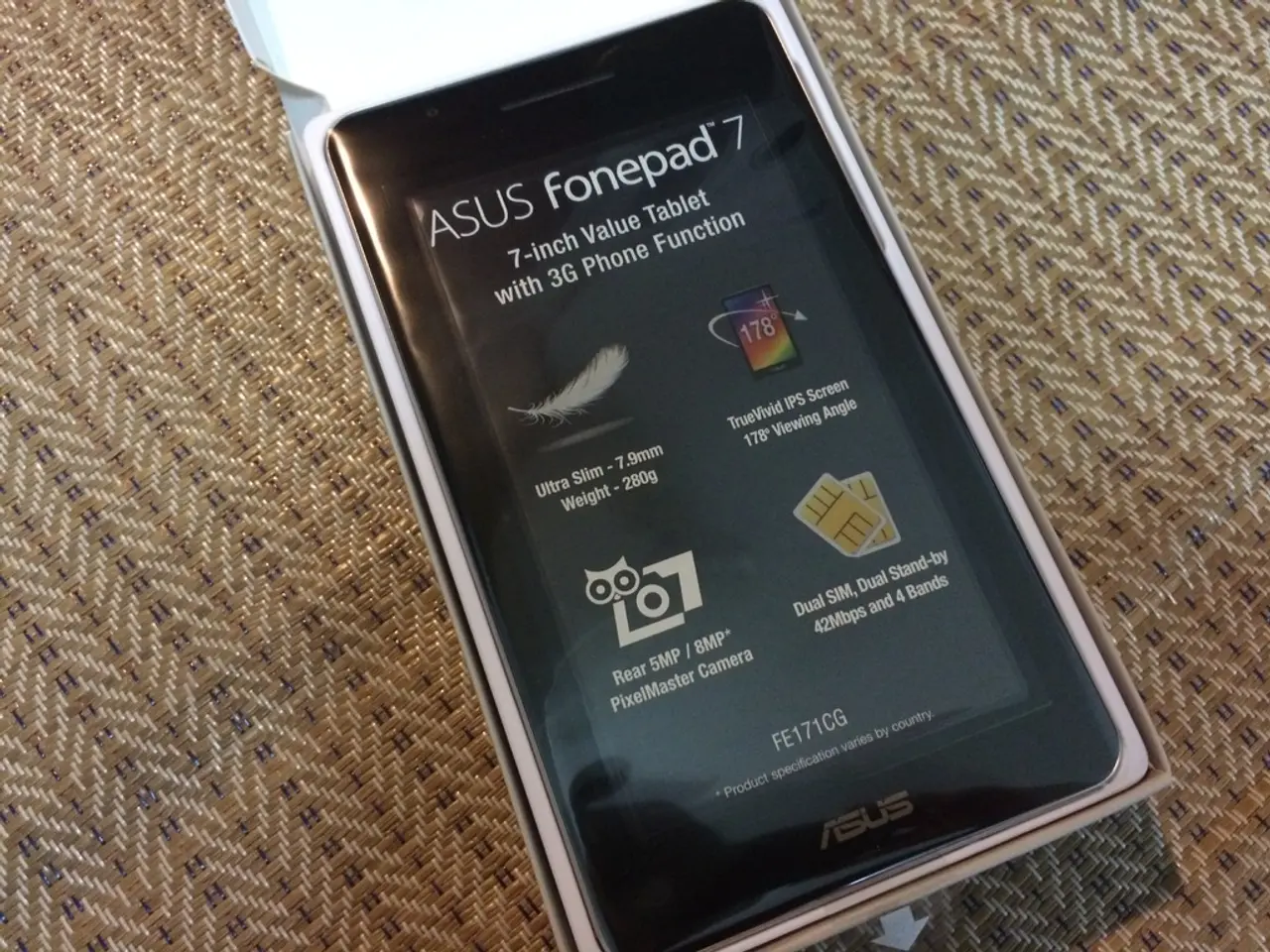Ready for a Greener Smartphone Future? EU's New Energy Label Unveiled
Mandatory EU Energy Labeling for Smartphones and Tablets Coming Soon
Starting this Friday, smartphones and tablets sold in the EU are going green! Introducing a snazzy new energy label, courtesy of the European Commission. This label is set to empower consumers to make smart, sustainable choices when purchasing devices. It unveils key details about the product's energy efficiency, battery life, and resistance to environmental factors like dust, water, and drops.
"This energy label is a game-changer for EU consumers," according to Brussels authorities. "It's all about informed decisions and sustainability." Smartphones and tablets will now become easier to compare, ensuring you make a smart investment.
Alongside the new energy label, manufacturers will face stricter regulations known as 'ecodesign'. The commission emphasizes that eco-friendly smartphones and tablets should be more durable, have extended battery life, and be supported by software updates for longer. As if that weren't enough, they must also ensure key spare parts are readily available. These changes are designed to save energy, reduce CO2 emissions, and contribute to a greener planet.
The Juicy Details
- Scope of Application: The label applies to all smartphones and tablets with Android or iPadOS operating systems hitting the EU market from June 2025. Certain exceptions may apply to foldable smartphones and high-security devices but will be considered in future revisions by 2027.
- Energy Efficiency Rating: Devices will sport energy efficiency ratings from A to G. This makes it a breeze to compare devices based on their energy consumption.
- Durability Standards: Smartphones and tablets must meet stricter durability standards. This means they should resist scratches, accidental drops, and withstand dust and water ingress.
- Battery Life: Batteries must maintain at least 80% of their original capacity after 800 full charge cycles, a significant improvement from previous standards.
- Repairability and Spare Parts: Manufacturers must provide essential spare parts to professional repairers and ensure they're available for at least seven years after the device model is discontinued in the EU. Software updates must be offered for a minimum of five years after the last sale of a device model.
- Label Info: The label will provide info not just on energy consumption but battery life per charge, drop resistance, and water and dust protection ratings, giving you a comprehensive view of a device's sustainability and resilience.
The Grand Vision
The regulation aims to extend the average lifespan of midrange smartphones from 3.0 years to 4.1 years. This promotes sustainable consumption, reduces the environmental impact of production, minimizes replacement purchases, and helps tackle the growing issue of electronic waste in Europe.
Get ready to embrace a greener, more durable, and sustainable future. The EU's new energy label has made its grand entrance, empowering consumers and reshaping the mobile device market.
- The new energy label, introduced by the European Commission, encourages environmental-science by providing insights into a device's resistance to climate-change factors such as dust, water, and drops.
- In a move towards a greener future, the Commission is requiring manufacturers to provide vocational training on repairability and spare parts for smartphones and tablets, aiming to promote technology that lasts longer.
- The EU's stringent regulations, known as 'ecodesign', will foster the development of technology that goes beyond mere gadgets, incorporating science and engineering to create smartphones and tablets that are energy-efficient, durable, and eco-friendly.




